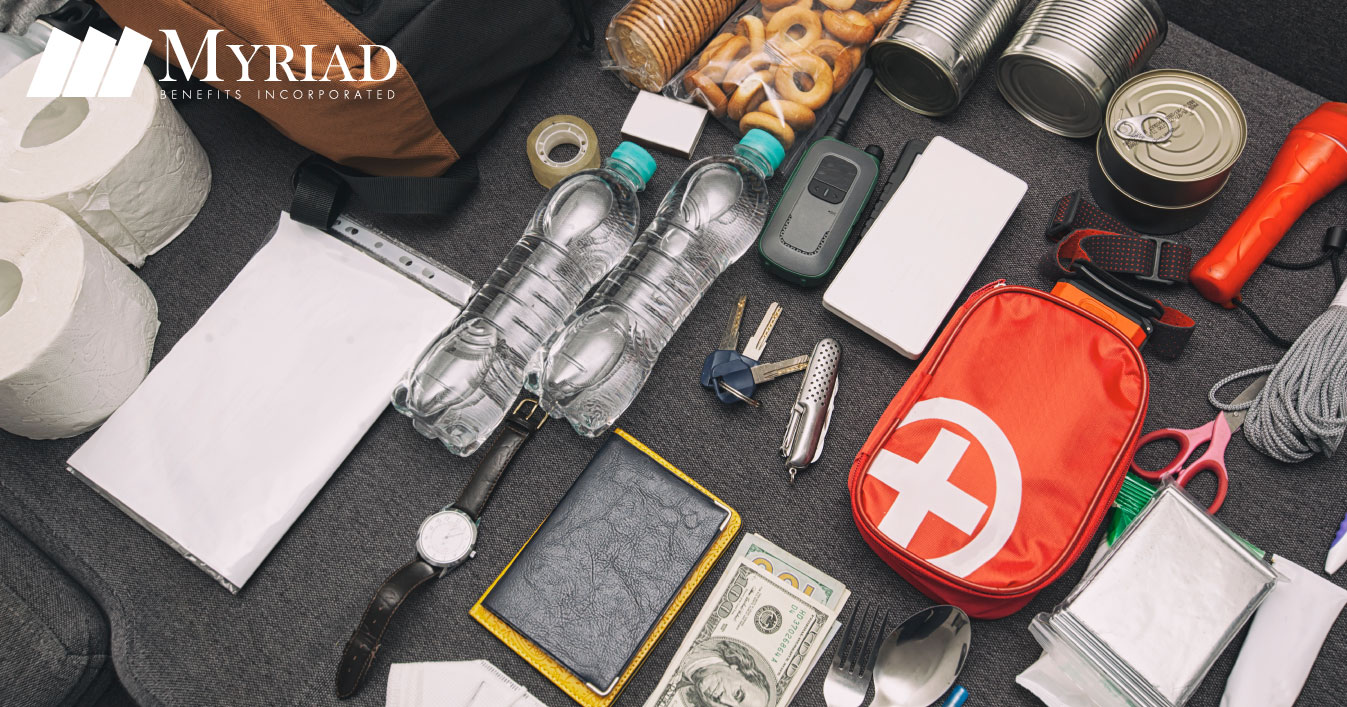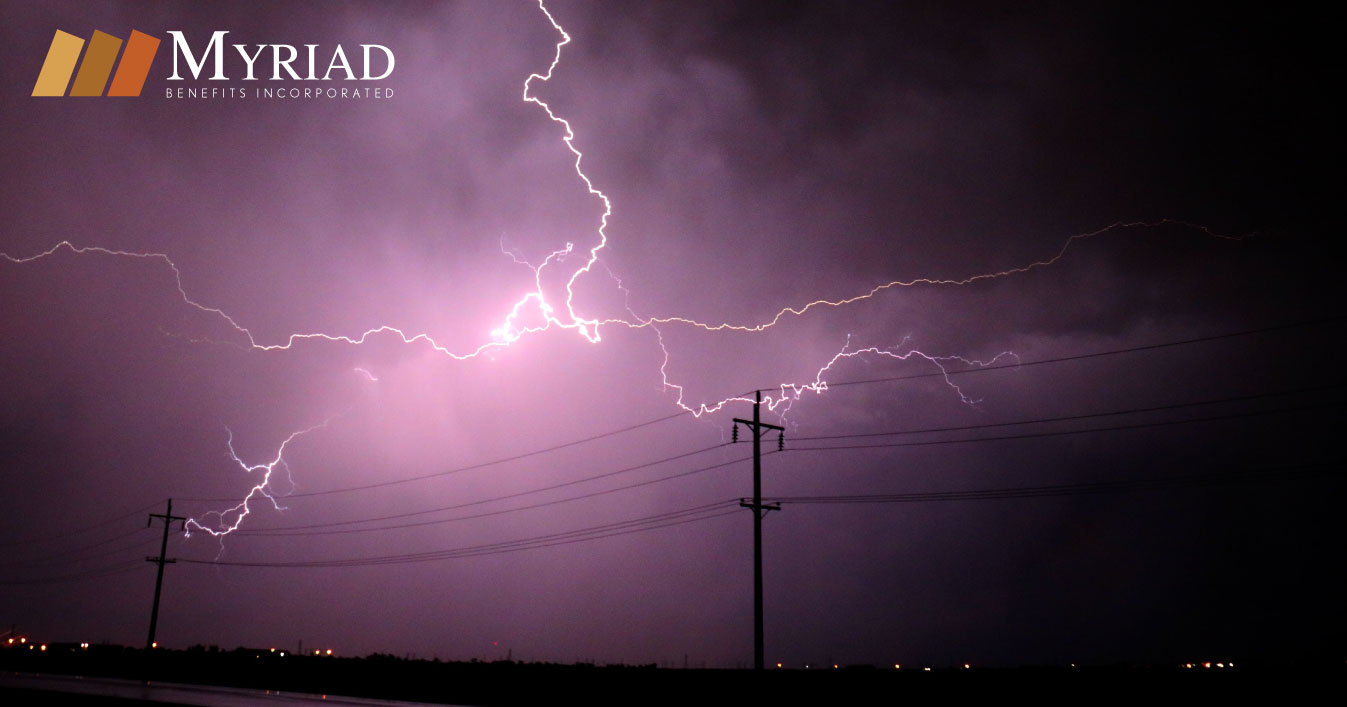Preparing for the arrival of any atmospheric event has become a necessity. During and after a hurricane, you may need supplies to keep your family safe. Water and electricity services are likely to be interrupted and streets may be flooded or blocked. Being prepared helps us remain calm and react to unforeseen events with greater security and clarity.
If you have supplies stored, remember to renew them every six months. Check the following list to make sure you have stored everything you might need.
▢ Check the coverage of your property’s insurance policy.
▢ Prepare a photographic inventory or a video of the interior and exterior of your property.
▢ Prepare copies of important documents (deeds, insurance policies, etc.).
▢ Simulate the steps to follow during and after the emergency.
▢ Check and test the electricity generator.
▢ Check the gas tanks and refuel them.
▢ Inspect the property (windows, doors, pipes, and storm shutters).
▢ Clean roof drains.
▢ Clean the sewers.
▢ Check the expiration date of your medications.
▢ Identify the closest shelter.
▢ Prepare a basic kit of emergency supplies:
- ▢ Water: one gallon per person per day (for drinking), 10 gallons per person for sanitary purposes.
- ▢ Non-perishable food for 10 days per person.
- ▢ Manual can opener.
- ▢ Baby and pet supplies.
- ▢ Cell phone with charger and external battery.
- ▢ Gas stove.
- ▢ Battery or solar radio.
- ▢ Flashlights or solar lamps.
- ▢ First aid kit.
- ▢ A whistle / whistle for help.
- ▢ Mosquito repellent.
- ▢ Cash (large and small bills).
- ▢ Map of the area where you live.
- ▢ A backpack with personal items and a change of clothes.
- ▢ Prescription of maintenance medications.
- ▢ Medical plan and social security card.
- ▢ Emergency phone list.
Take time to identify, collect and update your personal and financial documents. Store copies of these in plastic bags or containers so they do not get wet and keep it in an easily accessible place. With time, we can prepare for any eventuality.
By: Tania Mangual-Monzón, MS, BHE
Reference: cdc.gov









